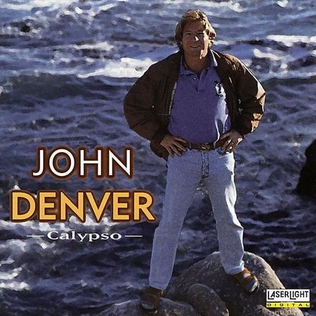Captain Jock Coosto – Jacques Cousteau
https://wiki.wizard101central.com/wiki/NPC:Captain_Jock_Coosto
https://wiki.wizard101central.com/wiki/Location:Kalypso
https://wiki.wizard101central.com/wiki/Location:Fantastic_Voyage_Expedition
https://en.wikipedia.org/wiki/Jacques_Cousteau
https://en.wikipedia.org/wiki/RV_Calypso
https://en.wikipedia.org/wiki/Calypso_(John_Denver_song)
Captain Jock Coosto is a Pingouin “Explorer Extraordinaire” who unintentionally found the Sky Anchor, but Rasputin pried its location from his mind. He helps Wizards stop Rasputin from destroying the Spiral. Captain Coosto’s ship is the Kalypso, your wizard boards the Kalypso to follow Rasputin in the Northern Sea.
Captain Coosto is also your guide on the instance quest Fantastic Voyage of Discovery. This is an instance gauntlet that is accessible through the Fantastic Voyage Expedition housing item.
Jacques-Yves Cousteau (June 11, 1910 – June 25, 1997) was a French naval officer, oceanographer, filmmaker and author. He co-invented the first successful open-circuit self-contained underwater breathing apparatus, (“SCUBA”), called the Aqua-Lung, which assisted him in producing some of the first underwater documentaries.
Cousteau wrote many books describing his undersea explorations. In his first book, The Silent World: A Story of Undersea Discovery and Adventure, Cousteau surmised the existence of the echolocation abilities of porpoises. The book was adapted into an underwater documentary called The Silent World. Co-directed by Cousteau and Louis Malle, it was one of the first films to use underwater cinematography to document the ocean depths in color. The film won the 1956 Palme d’Or at the Cannes Film Festival and remained the only documentary to do so until 2004, when Fahrenheit 9/11 received the award. It was also awarded the Academy Award for Best Documentary in 1957.
From 1966 to 1976, he hosted The Undersea World of Jacques Cousteau, a documentary television series, presented on American commercial television stations. A second documentary series, The Cousteau Odyssey, ran from 1977 to 1982 on public television stations.
RV Calypso is a former British Royal Navy minesweeper converted into a research vessel for the oceanographic researcher Jacques Cousteau, equipped with a mobile laboratory for underwater field research. She was severely damaged in 1996 and was planned to undergo a complete refurbishment in 2009–2011 that has not been accomplished. The ship is named after the Greek mythological figure Calypso.
“Calypso” is a song written by John Denver in 1975 as a tribute to Jacques-Yves Cousteau and his research ship, the Calypso. It was featured on Denver’s 1975 album Windsong.
Released as the B-side of “I’m Sorry”, “Calypso” received substantial airplay, enabling it to chart on the Billboard Hot 100. After “I’m Sorry” fell out of the #1 position, “Calypso” began receiving more airplay than “I’m Sorry,” thus causing Billboard to list “Calypso” as the new A-side, starting the week ending October 11, 1975. Hence, “Calypso” is itself considered a #2 hit on the Hot 100.
The current list of all the (known) Polaris references can be found here.
Although I am well versed in Pop Culture references but I do not claim to have caught them all. Let me know your favorites in the comments and if I’ve missed one you caught, let me know so I can add it to the list.
Text for this article is excerpted from the linked wiki pages
Jock Coosto and Kalypso images are from Wizard101, and are copyright of KingsIsle Entertainment
Commander Cousteau image is borrowed from Wikipedia and is shared under the CC0 Creative Commons license.
RV Calypso image is borrowed from Wikipedia and is shared under the CC BY-SA 4.0 Creative Commons license.
Album art for “Calypso” is borrowed from Wikipedia. It is copyright RCA
Image usage qualifies as fair use under US copyright law.




